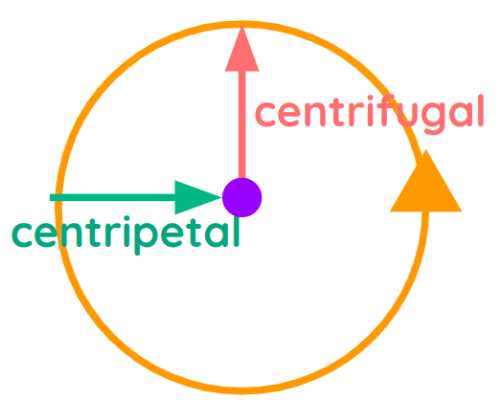The Crudification Cycle (Saiṋcara)
Table of Contents
The Principle of Consciousness and the Principle of Activity
Crudification or Saiṋcara is the centrifugal activity of the Nucleus (Puruśottama) of the Macrocosm.
This Nucleus is:
- the center, witness, or subject of the Macrocosm which is Its periphery, experience, or object.
- The Principle of Consciousness [Puruśa]

The Principle of Activity [Prakrti] is the inherent tendency of the transcendental Principle of Consciousness.
- Hence, the activation of Consciousness without the Principle of Activity is impossible.
- Action results only when the Principle of Activity gets a chance to express itself.
The 2 forces are thus:
- Consciousness (Puruśa)
- Activity (Prakrti)*
Superphysics Note
These are dual in theory but singular in spirit.
- Their collective body is just like that of fire: we cannot think of fire without its heat.
- In the same way, one cannot think of Consciousness without Activity in the collective body of Existence (Brahma).
Activity may thus be defined as an attribute of Consciousness.
- Activity is feminine
- Consciousness is masculine.
Consciousness remains objectless when it has no Activity.
This Activity is also a collective flow of 3 immanent principles:
- Sentient: This creates the identity or ego or pure “I” feeling
- Mutative : This transforms identity into an active identity as the Doer “I” or active ego
- Static : This causes the ego to create the ego-effect from the action of the active ego*
Superphysics Note
In Objectless Existence (Nirguńa Brahma), Activity is dormant.
- She cannot manifest Herself, though the eternal flow exists.
Thus, the flow of Activity means the flow of 3 belligerent forces.
Mathematically speaking, this fight results in a triangle of forces.
- Consciousness at this stage gets encircled by Activity as a triangle of forces.
Crudification (Saiṋcara)
The internal clash and cohesion, division and association of these 3 immanent principles causes creation to come out from a point in any one of the vertices of the triangle of Active forces.
- The Macrocosmic Nucleus is the center of the triangle.
- The Vertex (Shambhú) is the point in Consciousness where creation comes out.
The Macrocosmic Nucleus is:
- the subjectivated Consciousness and
- the center of all the creative principles.
The movement which starts from this Macrocosmic Nucleus is divisive or centrifugal. It changes from subtle to crude and is called The Crudification Cycle. It comes out from the Vertex as a never-ending process.
The vertices of the triangle of forces are points having certain positions, but no absolute movement. It is a stage of stagnancy and hence dominated by the static principle.
The static force is a crudifying factor.
The mutative force overcomes the static force. It causes a stir of expression on the static seed. This expression is logically and scientifically is:
- unfathomable
- sentient in tendency